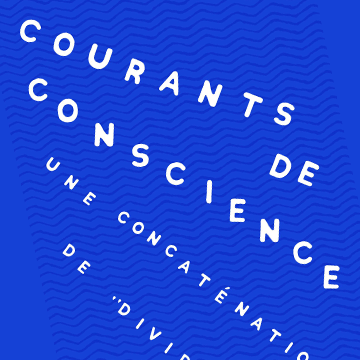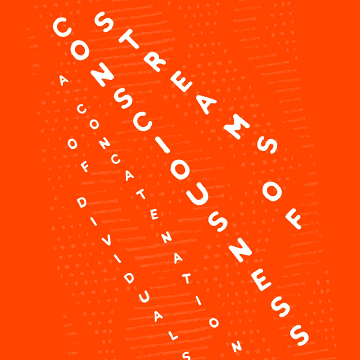The moment of a snapshot could be an extended moment of capturing the stream of consciousness. The moment something catches the attention of the photographer, the many associations that are made conceptually and aesthetically, the many references that are invoked and situations convoked lead to the shot. Thinking is as much an active as a passive process, and what becomes important is how that which is seen, heard, smelled, felt, tasted or perceived in another way triggers the inner eye to see or inner voice to utter thereby setting this stream of consciousness in motion.
Tag: Astrid Sokona Lepoultier
Courants de conscience. Reader
Conçue pour la 12ème édition des Rencontres de Bamako ce livre recueille la pensée des écrivains, des poètes et des artistes quant à la pratique de la photographie en Afrique et à travers sa diaspora de part la notion de « courant de conscience ».
La notion de courants de conscience est liée de manière intrinsèque à celle d’une profondeur de la vision : en d’autres termes, elle correspond à l’idée que la vision peut transcender ses confins optiques pour invoquer les autres sens. La photographie en tant que force vectorielle d’une telle conception de la vision, fait acte de prothèse pour combler notre regard appauvri.
Streams of Consciousness. Reader
Conceived for the 12th Edition of the Bamako Encounters this book captures thoughts and responses of writers, poets, and artists to the curators’ proposition to think the practice of photography in Africa and its diaspora through the notion of the “stream of consciousness.”
The moment of capturing an image can be understood as a solidifying of the streams of consciousness which occur in the photographer’s mind in that decisive moment: the photograph then becomes the place of convergence of all conceptual, aesthetic and cultural ideas and associations out of which the impetus to capture arose.


